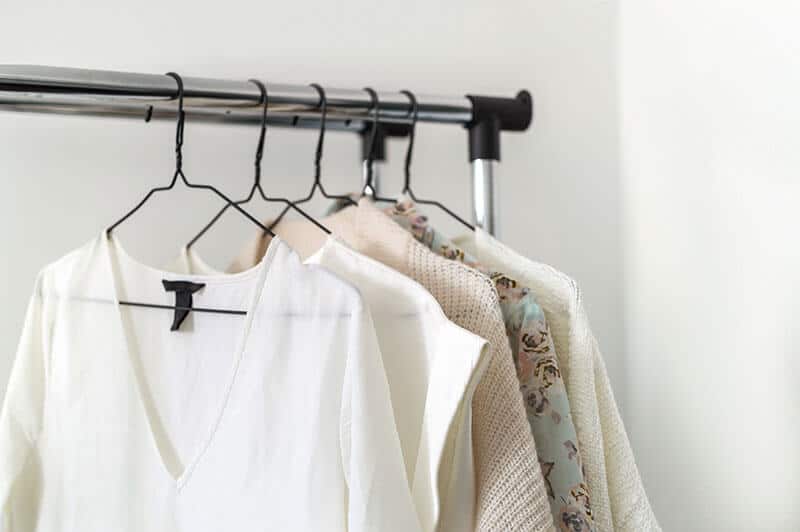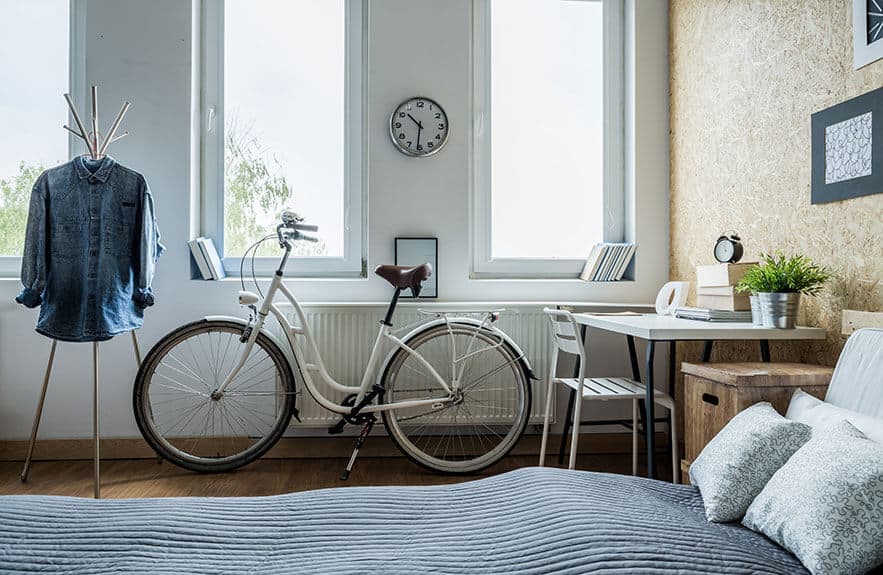Even though the term “minimalism” wasn’t officially introduced until the ‘50s or ‘60s, its distant origins can be found throughout history in different religious groups from Buddhism to Christianity. The well-known practice of renouncing possessions for the sake of spiritual gain puts forward the core principle of this aesthetic – reducing material belongings in order to gain in the more important areas of life. Later, minimalism appeared in art and design, so it could then become a widely accepted lifestyle. Its mantra – “less is more” – in the cluttered modern environment has become a matter of discipline and priority, as this lifestyle takes time, dedication, and serious personal introspection.
Some may call minimalism’s lack of creative expression plain and washed-out, but the truth is that this aesthetic brings vast amounts of freedom in both mind and space. Besides scientific research, many youtubers such as Lia & Brett Larkin share their life-changing experiences after the process of decluttering, providing valuable advice for beginners.
Prioritizing quality over quantity seems simple in theory, while the reality is much different since our belongings affect us in different ways.
Psychological impact
The most common issues related to reducing the accumulation of belongings include:
- Stress
- Poor attention span
- Impulsive buying
Overwhelming chaos around the home or workspace produces an additional anxiety, at the same time intervening with brain activity. Additionally, any space with way too many unnecessary things reduces motivation for work/study and encourages tiredness, unlike more sterile and clean-looking, well-lit rooms.
Responding to these matters, companies and start-ups advocate a minimalist environment in order to add to the overall atmosphere in the workplace and make enough mental space for new ideas and creative expression. Neutral colors, simple furniture, essentials, and some final-touch ornaments seem enough for visual pleasure and a state of calm.
Simplicity over consumerism
By changing our expectations regarding material needs we also change our response to the commercially overblown world around us. When we need less, we simultaneously get rid of unnecessary pressure to keep up with the imposed consumerist trends. The marketing industry is witnessing its peak in the Internet era thanks to successfully tracking people’s interests, past purchases, frequently searched words, etc. It has become easy to reach out to potential consumers and, thanks to advanced tech and graphics, to trigger comfort-buying.

Minimalism, on the other hand, offers a different outlook on consumption where only essentials and small quantities of personal belongings and clothes matter.

Instead of cluttered homes with unused things that only accumulate dust and serve no purpose, we gain more awareness of the belongings that actually matter. And to make things even better, more money can be saved for more meaningful purchases.
Photos: Shutterstock
Support us!
All your donations will be used to pay the magazine’s journalists and to support the ongoing costs of maintaining the site.
Share this post
Interested in co-operating with us?
We are open to co-operation from writers and businesses alike. You can reach us on our email at [email protected]/[email protected] and we will get back to you as quick as we can.









